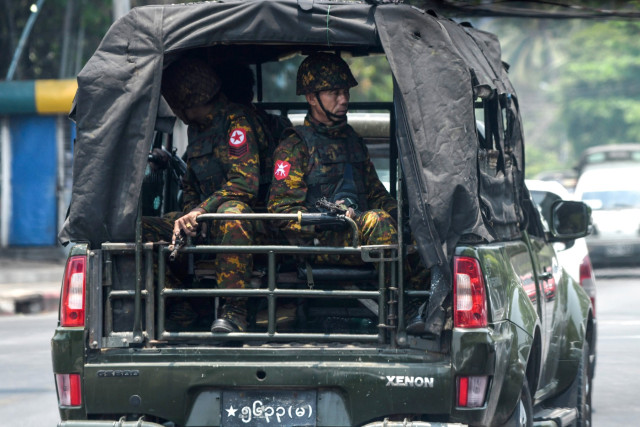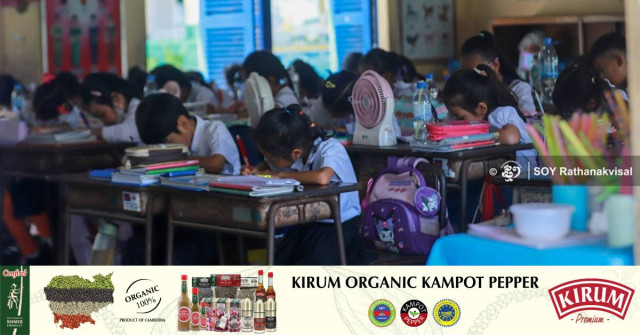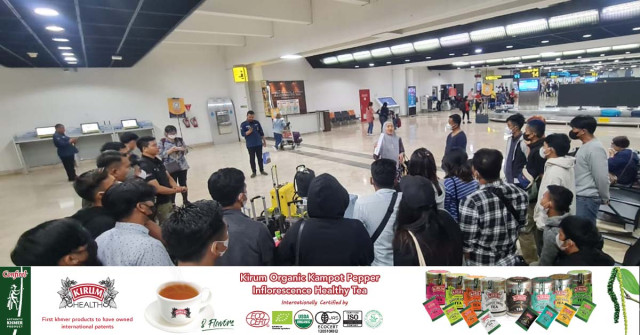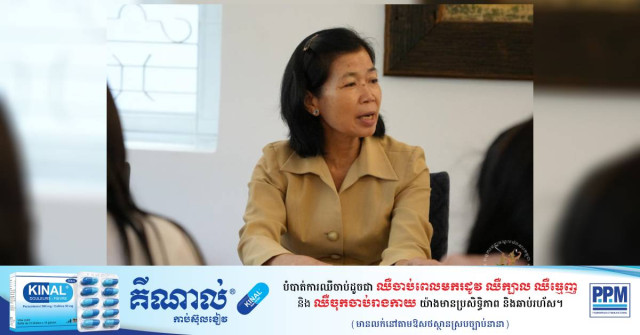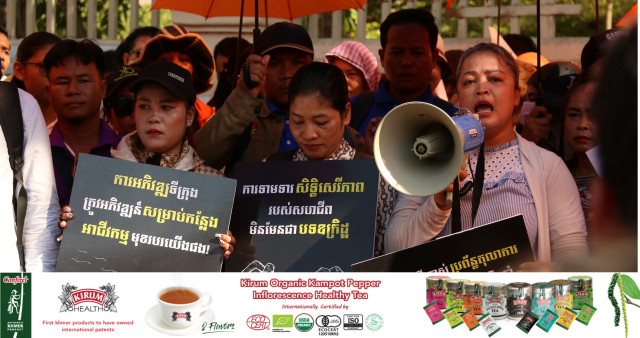Labor Rights Advocates Disappointed as Minimum Wage Raised to $194 for 2022
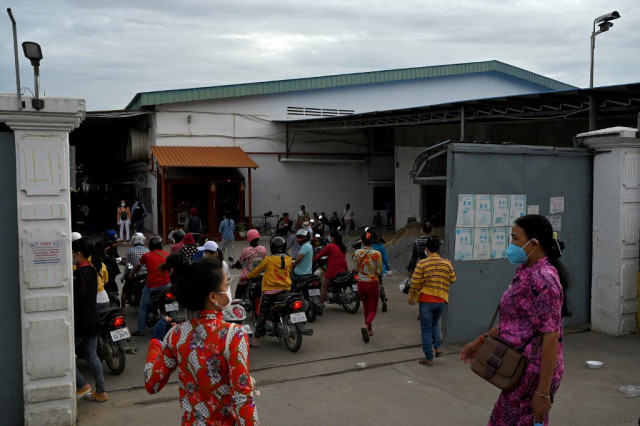
- By Gerald Flynn
- and Phoung Vantha
- September 28, 2021 5:09 PM
The $2 increase was only secured after Prime Minister Hun Sen added to the 2022 minimum wage, which otherwise would have stayed at $192
PHNOM PENH--Cambodian Labor Minister Ith Samheng on Sept. 28 signed off on the new minimum wage for staff in the garments, textiles and footwear manufacturing sector, which will increase from $192 to $194 on January 1, 2022.
Four weeks of meetings between 17 government representatives, 17 representatives of employees and 17 representatives of employers culminated in the minimum wage stagnating at $192, although Prime Minister Hun Sen then added $2, bringing next year’s minimum wage to $194.
This falls well short of expectations for unions who had campaigned to bring Cambodia’s minimum wage up to $214.20, although by the time it came for the National Minimum Wage Council to vote, employees offered $204 as the figure they wanted to see workers paid as a basic salary for the coming year.
Ath Thorn, president of the Cambodian Labor Confederation said that he is sorry for only securing a $2 increase which he said will do little to address the growing gap between wages and the cost of living, particularly while workers continue to face the threat of COVID-19.
Employers on the other hand appear to see the result as “acceptable,” according to Kaing Monika, deputy director of the Garments Manufacturing Association in Cambodia (GMAC) whose members reportedly had “no objections” to the government’s decision to add $2 to the minimum wage.
“Even a $2 increase will have a negative impact on the industry,” Monika said, but he noted that the minimum wage increasing is far less of a threat to Cambodia’s competitiveness than the need for greater efficiency across the sector that employs some 600,000 Cambodians.
Other concerns, he added, include the growing list of social security payments that employers will be required to make in order to provide a more effective social security net.
Healthcare contributions are also set to increase from 2.6 percent of salaries to 4 percent to assist the government in bearing the cost of treatment for COVID-19, although Monika said he was unaware as to when this change would come into effect.
GMAC have previously complained of having to cover costs associated with protecting employees from COVID-19, claiming that the purchase of masks, sanitizer and other protective equipment has negatively impacted the industry’s competitiveness.
Throughout the course of the pandemic, factories have repeatedly been linked to COVID-19 cases in Cambodia, in part due to the varied conditions workers face depending on the employer and the close-quarters nature of transportation to and from work.
Commuting to and from factories has killed 33 garment workers in the first six months of 2021 alone, with another 328 seriously injured and 1,163 suffering minor injuries as a result of traffic accidents, according to the National Social Security Fund.
“Nobody is receiving just the minimum wage,” added Monika. “That’s just the lowest legal level of wage, but it’s just the basic salary—all employees need to pay compulsory benefits such as $7 per month for transportation and a $10 monthly attendance bonus.”
In addition to these, workers receive allowances for meals for voluntary overtime of 2,000 riel ($0.50) per day or free meals, and seniority bonus from $2 to $11 per month for workers entering their second year of employment up to their 11th year.
As such, Cambodia’s minimum wage for the garment sector will come to around $211 for 2021, but labor rights group CENTRAL said this is not enough—particularly in light of the disruption the pandemic has wrought upon the industry in Cambodia and the financial hardships most garment workers have experienced as a result.
CENTRAL’s Program Manager Khun Tharo said that while exports may have fallen in 2020, most employers are still making a profit and exports to the US and the European Union have steadily began to climb back up as vaccination rates increase in destination countries.
“If we compare between January to September 2021 to the same period in 2020, exports have increased 3 percent, so it’s still possible for employers to increase salaries for employees,” he said.
“I have observed that unions representatives who joined the minimum wage negotiations didn’t even support the suggested minimum wage their members proposed, so it reflects the fact that some unions didn’t play their role in protecting the interests of the workers,” Tharo added.
Patrick Lee, a legal consultant also working at CENTRAL, praised the genuinely independent unions for managing to secure an increase and resisting employers’ calls for minimum wage to be reduced to $188.
“An increase is always better than a decrease, but taking inflation into account then in real terms it’s basically the same as keeping wages at the same level or even effectively a decrease,” said Lee. “I am sure those independent trade unions who genuinely represent workers’ interests will continue their campaign next year to demand a larger increase.”
GMAC’s Monika said he is not expecting much of an increase in minimum wage between 2022 and 2023, but GMAC’s repeated attempts to cut back on workers’ wages have so far been thwarted by the government.
“The employer demands to reduce wages for workers already barely making ends meet were utterly preposterous and I am glad that the government recognized this,” continued Lee.








